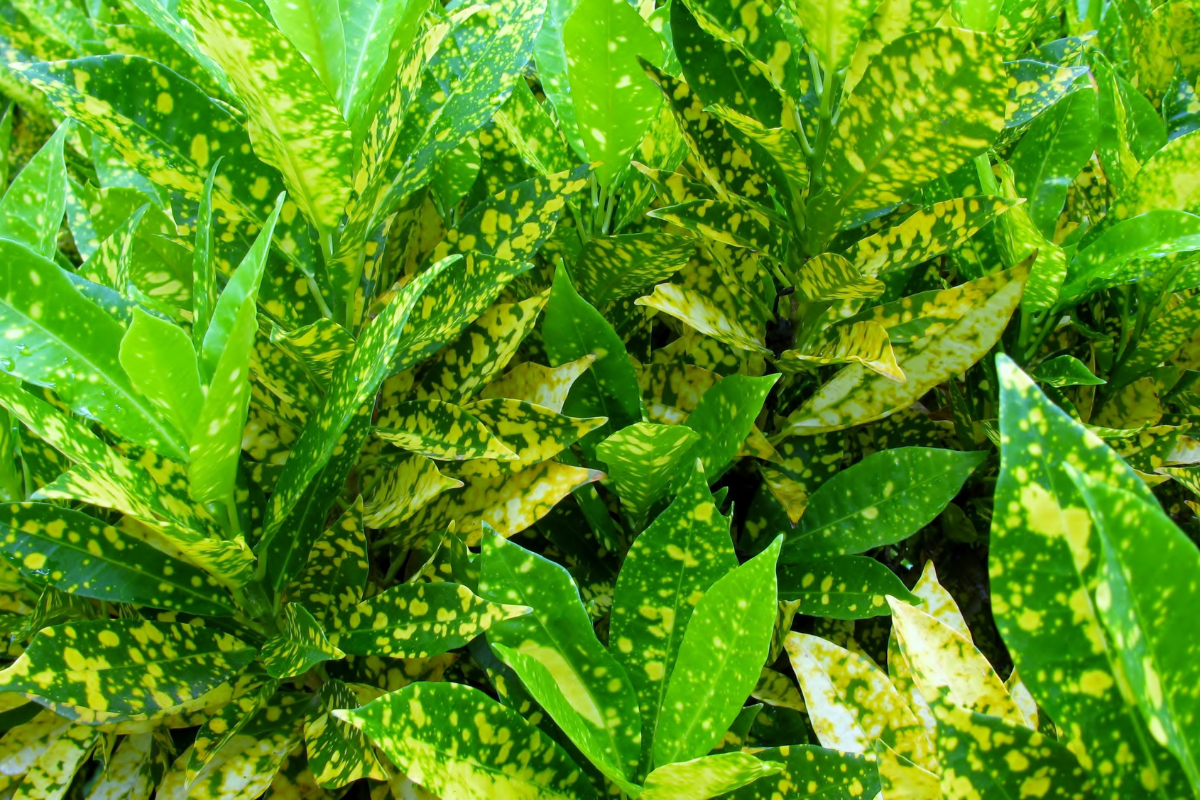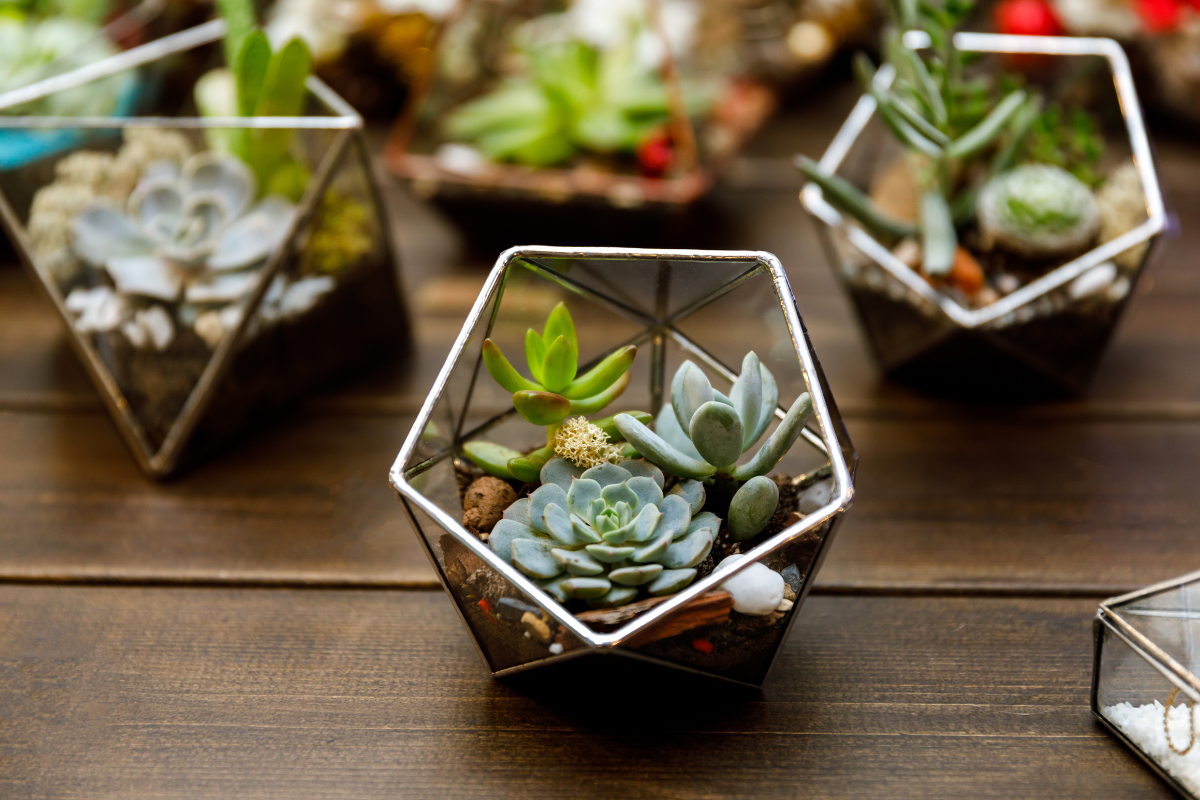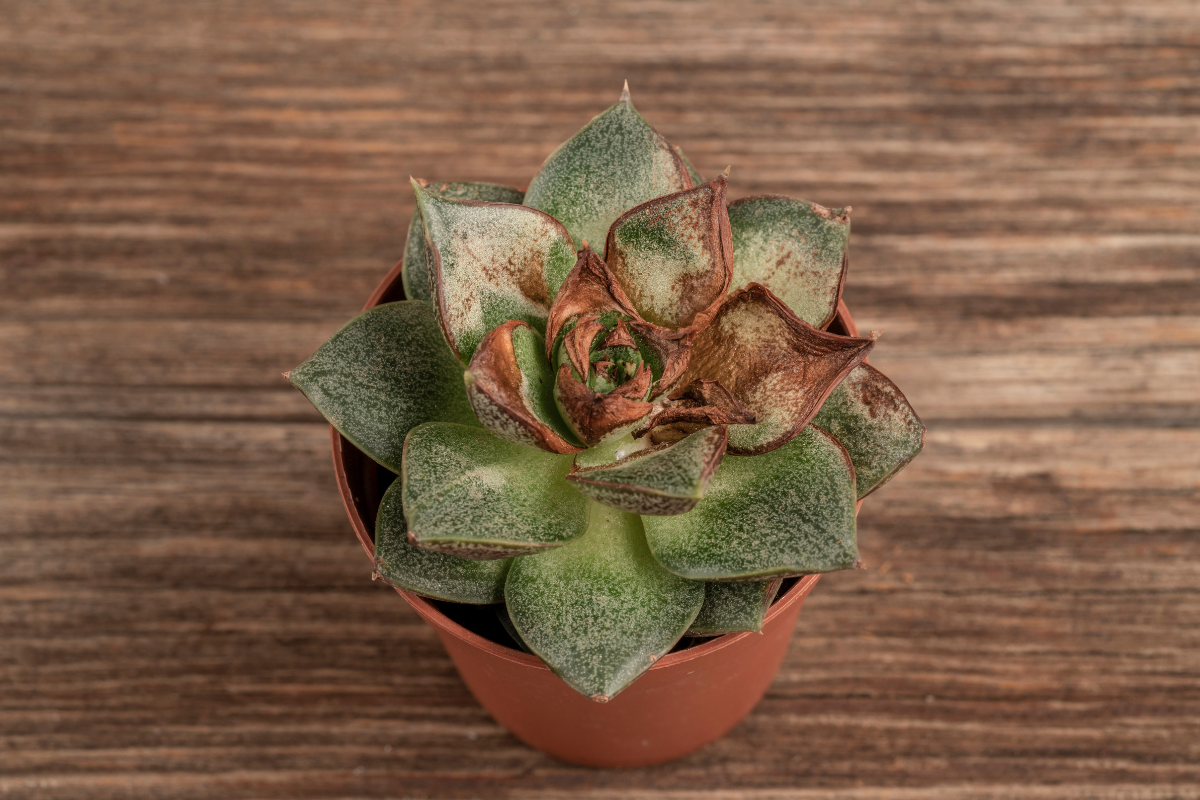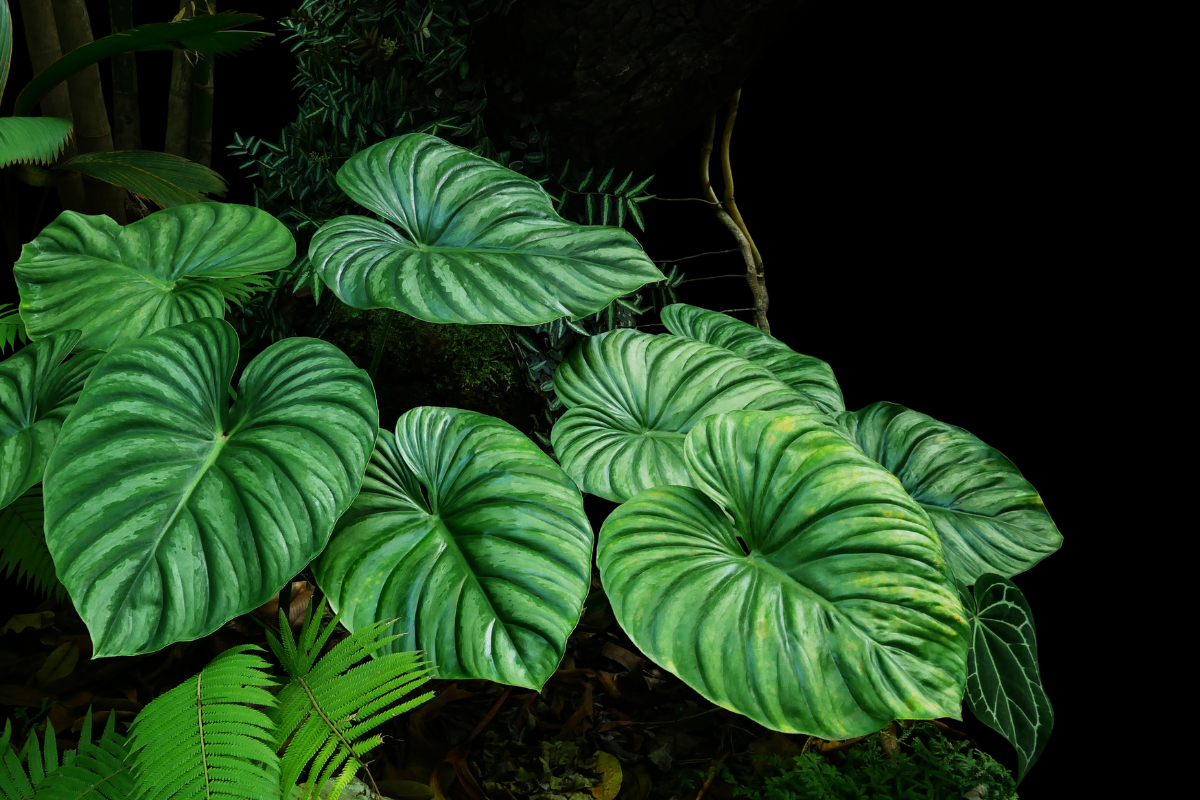Are you looking for a statement plant that will add some serious sparkle to your home?
Look no further than the Gold Dust Croton! With its vibrant colors and unique texture, this tropical beauty is sure to make a bold statement in any room.
But before adding one of these stunners to your collection, it’s important to know how to properly care for them.
In this blog post, we’ll cover everything you need to know about Gold Dust Croton plant care – from watering and fertilizing tips, all the way down to pest control. So let’s get started!
Table of Contents
Crotons are usually present in different colors, sizes, and colors. They are also called sun spots croton. It is a tropical plant that roots back its origin to Southeast Asia. The weather in southeastern Asia is usually tropical/subtropical with a good amount of sunlight, humidity, and rain.
Height
When kept completely indoors, the plant usually grows to about 2 feet in height, whereas if it is left to grow in nature it can grow as high as 4 feet. It usually doesn’t grow into a huge tree.
Sunlight
Direct sunlight is not for this plant. It requires indirect, filtered sunlight. If you keep it indoors, place it near the windows and if they are placed outside in your garden, make sure it has some kind of protection from direct sunlight. Place it near a taller tree so it doesn’t get any direct rays of the sun.
If left in direct sunlight, it can easily scorch the leaves and burn them.
If you have bought the plant and maintaining it. Then it is not recommended to introduce it to indirect sunlight for a prolonged period as you may not have a complete idea on the condition the plant was maintained in so far.
It is good to introduce it slowly to sunlight (a few hours a day) and practice the plant to it. After a week or two, the plant should ideally be able to adapt to the environmental condition. Now is the right spot to place it in a natural condition or indoors completely.
Water
They love thorough and infrequent watering. Water your plant when the top 2 inches of the soil is dry. Insert your finger in the soil and if the soil is until the 2nd knuckle of your finger is dry then it is the right time to water your plant.
And when you water, make sure water is thoroughly. Once it is watered, do not keep watering it every day or even sprinkle water. Water only when the soil becomes dry the next time.
When you water, ensure that the water comes out of the drain holes. Underwatering is equally dangerous as overwatering. Sometimes you might miss out on the last part of the root and this part will be deprived of water and can eventually let the plant die.
If the plant needs water, the leaves will show off some signs like sagginess and curling down. But never let your plant show signs of underwatering. Doing this quite frequently can cause damage to the plant.
So, when you water make sure that it reaches the very end of the root and excess water is drained off the holes in the pot.
Pot
Make sure the pot has drain holes that drain the excess water from the soil and the plant. Without drain holes, the excess water in the plant will get trapped and will start to rot the roots.
Humidity
These plants need a humid environment to thrive and survive. Place them in a humid and damp place. And you can also use a humidifier for better control, especially if it is an indoor environment for a longer time.
The humidity level that it requires can also vary during summers and winters. So, make sure to adjust your humidifier accordingly.
Soil
The plants like the soil that is light and airy. The light and airy soil doesn’t hold up too much of water and that is what the plant exactly likes. Thick, hard, and compacted soil is not ideal for these plants.
The soil composition that usually works great for them is about 3 parts of garden soil, 2 parts of coco core or sand, and 1/2 parts of perlite
The pH of the soil needs to be anywhere between 5 to 7.5pH an acidic to neutral condition works great.
Pests
Just like succulents, these crotons have problems with spider mites and millie bugs, and a common problem is root rot.
How to Transplant
Loosen up the soil in the old pot. Immerse a stick in isopropyl alcohol just to stay out of infections. And dip it in the soil to loosen it up.
Remove the moss build-up at the outer part of the soil and loosen up the roots a bit to create a better breathing room. And trim out any rotten or excess roots.
Now carefully place the plant in the new pot with drain holes. Filling the pot with some garden soil, and cocoa core.
Conclusion
Gold Dust Croton plants are beautiful and easy to care for. With the right amount of sunlight, soil, and water, you can keep your plant healthy and vibrant.
Additionally, pruning is an important part of keeping your croton’s foliage looking full and lush.
If you follow these tips for gold dust croton plant care regularly, then you’ll be able to enjoy this beauty in your home or garden for years to come.



